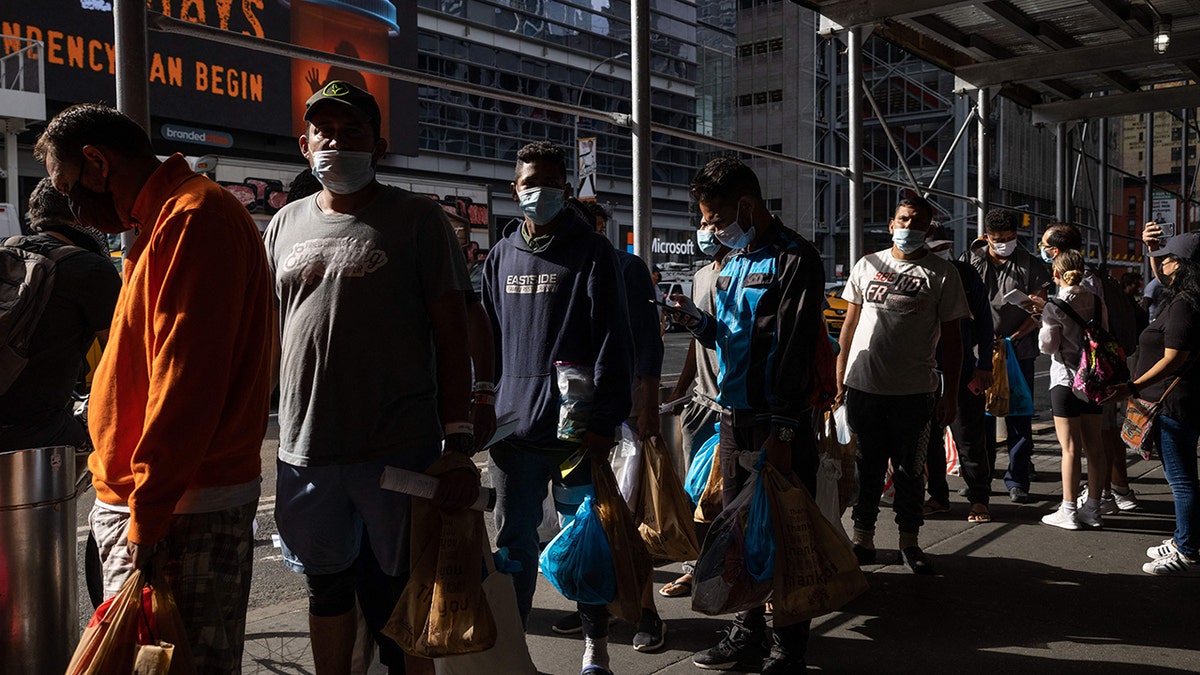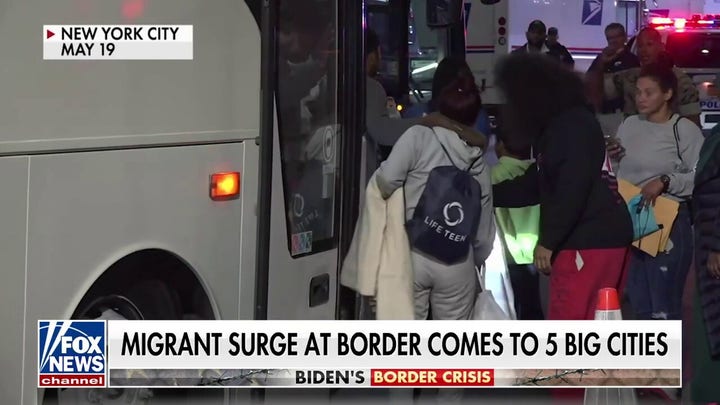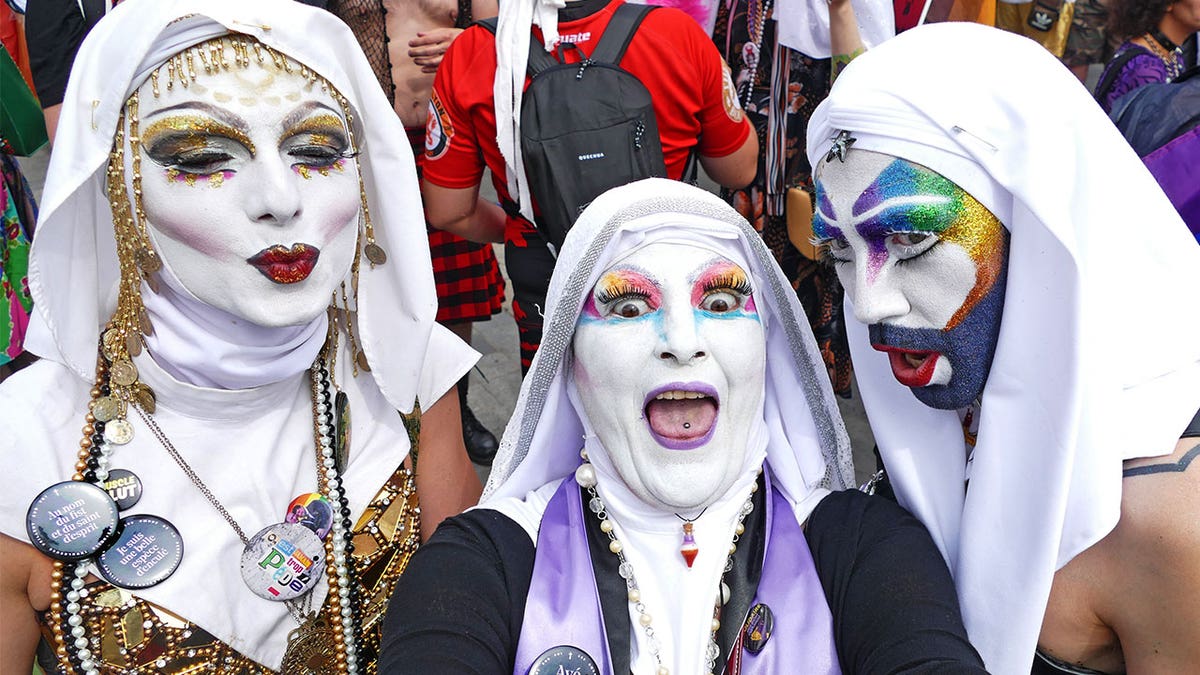New York City now faces a critical juncture in its migrant crisis, with the number of asylum seekers under the city's care exceeding the number of long-term homeless residents for the first time. Deputy Mayor Anne Williams-Isom revealed this alarming statistic during a recent press conference, stating that over 50,000 migrants are currently in the city's system – a figure she deemed "unsustainable." This surpasses the existing population of unhoused New Yorkers within the Department of Homeless Services (DHS) system, marking a significant turning point in the ongoing situation.
Williams-Isom characterized the situation as a "humanitarian crisis" unfolding within the five boroughs and appealed for federal assistance, both financially and through national coordination, to address the mounting challenges. The influx began in the spring of 2022, with over 81,200 asylum seekers, primarily arriving through the southern border, entering the city's intake system. The deputy mayor reported a further increase of 2,500 individuals just last week, exacerbating the strain on resources.

To accommodate the growing number of arrivals, the city has established 176 temporary housing sites and 12 Humanitarian Emergency Response and Relief Centers. Furthermore, the city is extending contracts for 10 navigation sites and adding an eleventh, incurring an additional cost of $2.3 million. As the city grapples with this influx, it has resorted to busing some migrants to suburban areas, a move that has sparked controversy. Earlier this month, Mayor Eric Adams faced criticism for suggesting the possibility of housing migrants in private residences. He has also taken legal action against 30 New York counties that issued executive orders to prevent the city from housing migrants within their jurisdictions.










